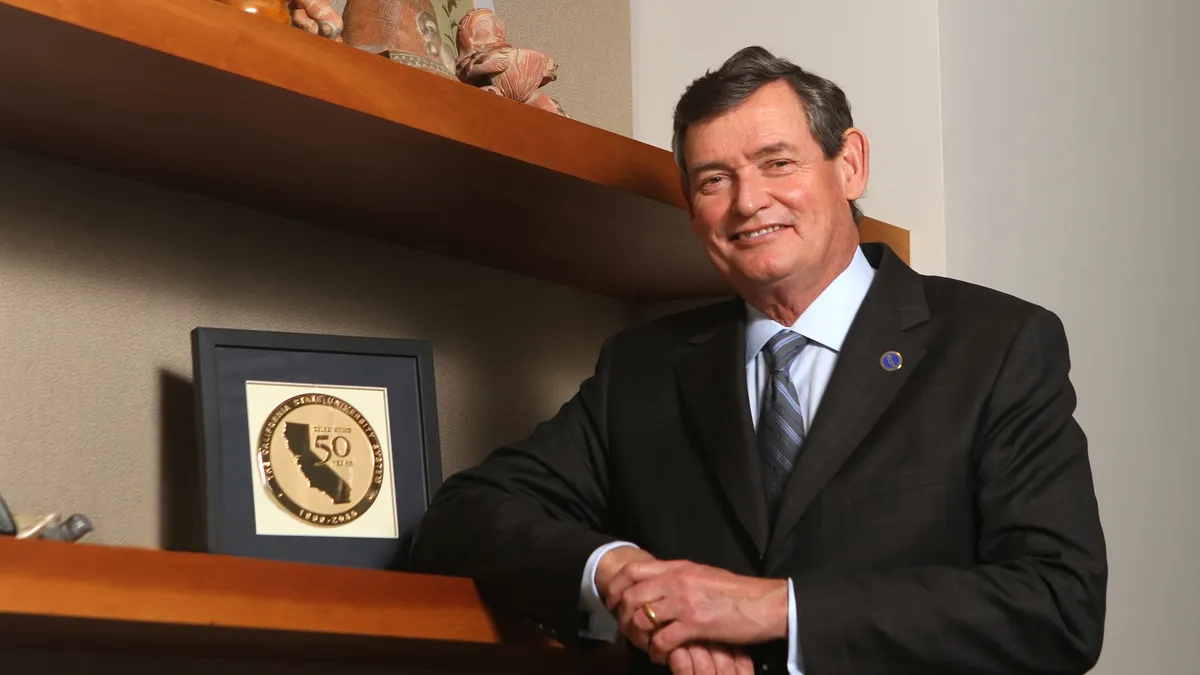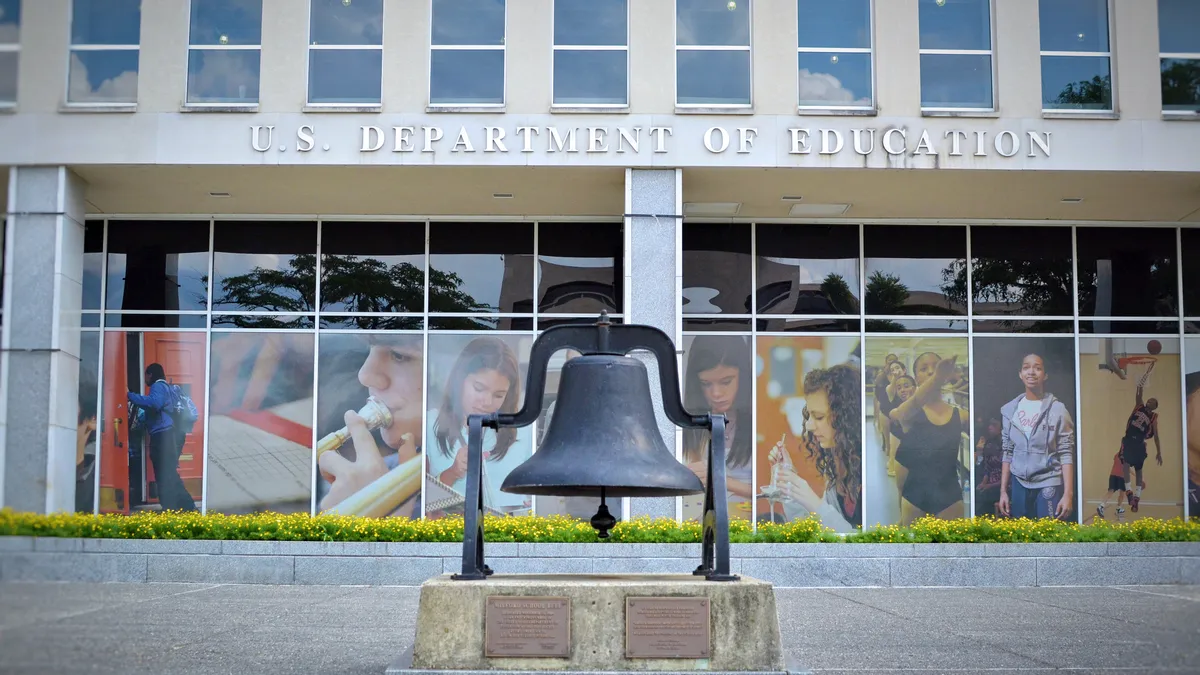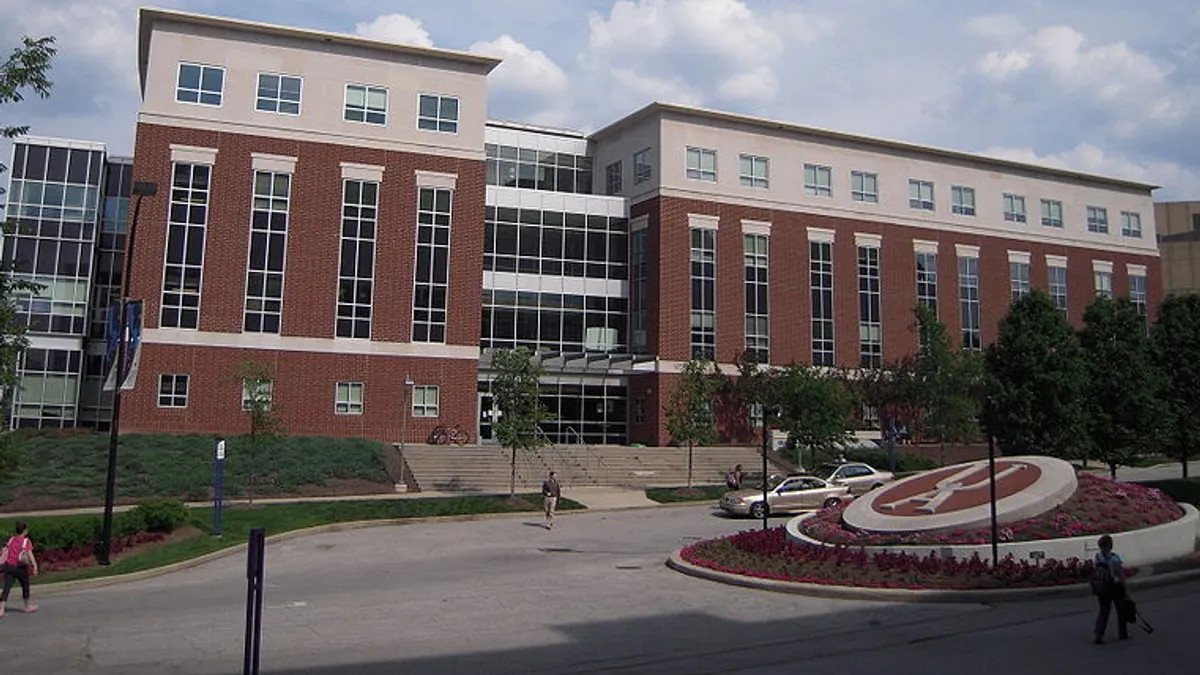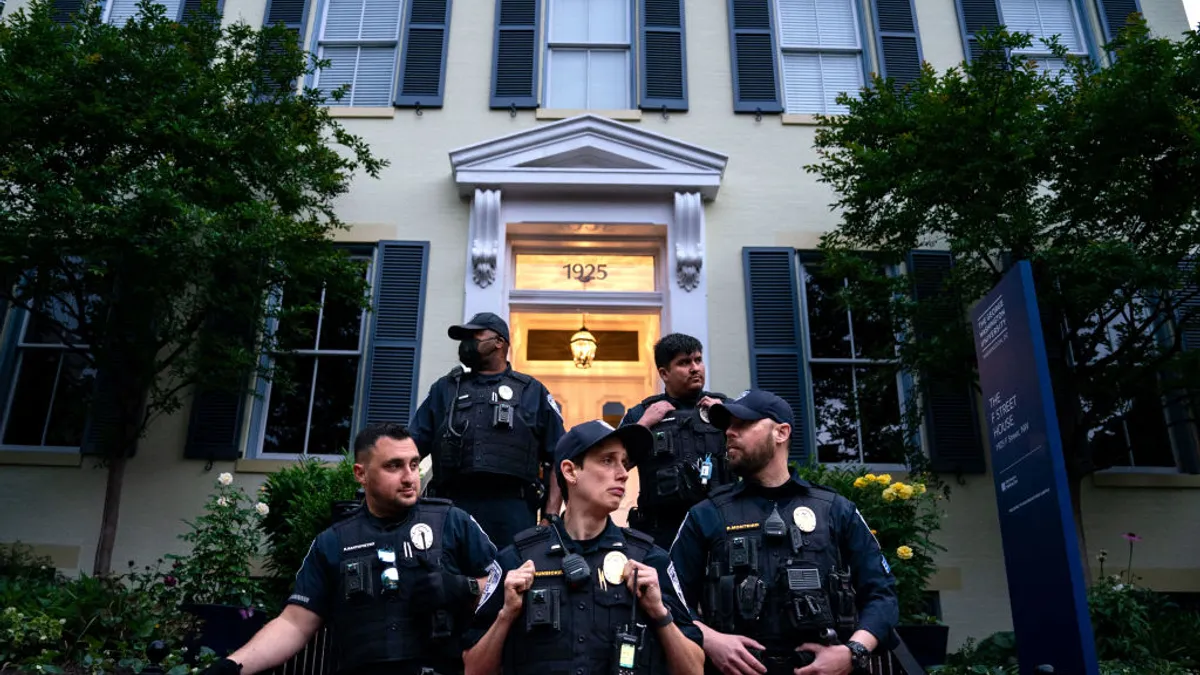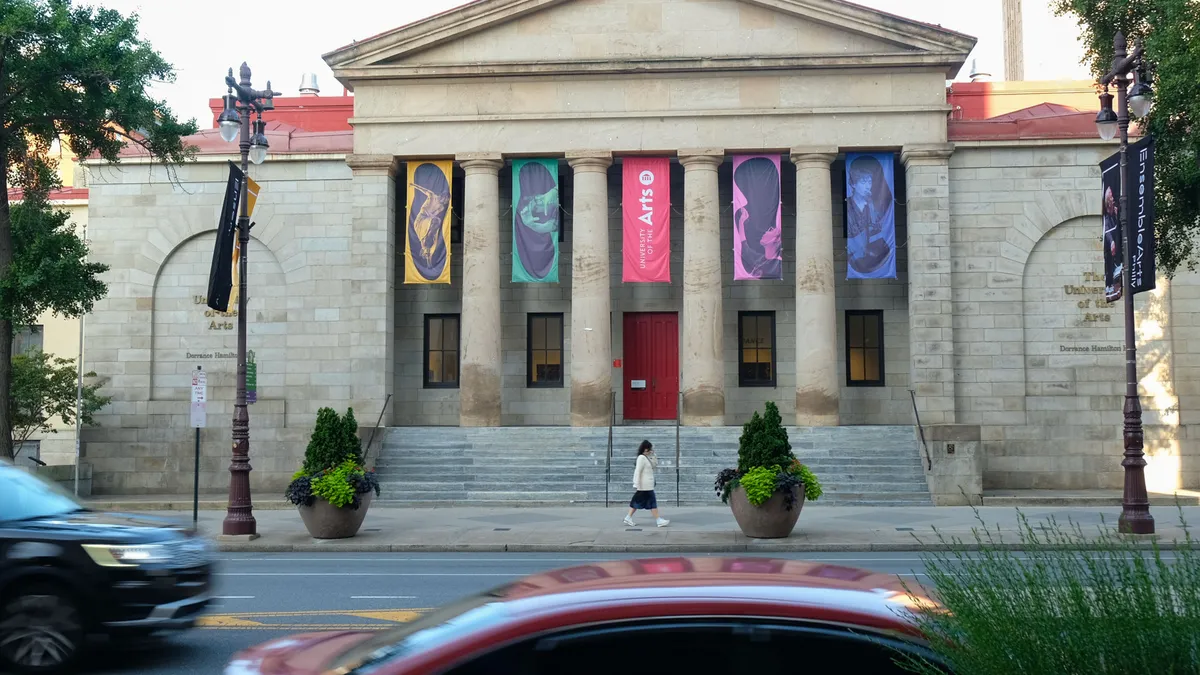Tim White's eight-year run as chancellor of the California State University System, one of the largest American higher education enterprises, is coming to a close. And it's coinciding with one of the most significant disruptions to the sector: the coronavirus.
White, a vaunted state figure, was credited with giving early assurances to the 23-campus system, in mid-May, that it would be almost exclusively online this fall. It earned him national praise at a time when institutions were scrambling to plan.
The choice to stay virtual was easier for Cal State than other colleges and systems. It's largely a network of commuter campuses, and its porous borders would make the virus harder to contain. The decision also provided unexpected help to the community: The empty dorms on a couple of campuses served as housing for firefighters battling wildfires.
Still, White had to guide more than half a million students and employees through the pandemic's turbulence, while trying to maintain the system's goal of dramatically increasing graduation rates by 2025.
Education Dive spoke with White, who retires in January, about his response to the coronavirus, the system's future and issues plaguing postsecondary education at large.
Editor's Note: This interview has been edited for clarity and brevity.
EDUCATION DIVE: What factors played into the early decision to be online this fall?
TIM WHITE: Well, I hoped I was wrong, but I knew I was right.
In late March, early April, we started focusing on the fall. It became clear to me that the only thing we were going to be able to change is human behavior around the disease.
We knew there would be several bumps in virus cases. We said, "Nah, there's no way we wanted to start in person, and then stop again with a pivot midway." It's unfair to everybody.
The other aspect was what values are we going to use to make decisions? Our twin North stars were student success and the health and safety of students, faculty, staff and the communities in which our campuses are embedded.
It became very clear that the way to meet those twin stars was to announce that we were going to go virtual. It gave everybody clarity and focus. Not everybody was happy with that decision. But when asked, I could explain the rationale.
I also knew it would give faculty and staff time to prepare to do their jobs virtually.
Over the summer, we trained some 17,000 faculty members and we paid stipends for this extra work. They had professional training on not only how to change their pedagogy but also how to create engaging virtual spaces for students.
The decision to stay online turned some heads around the country of people who were hell-bent on doing it all in person. It gave them freedom to reconsider that point of view and ask why and how we were making these decisions.
What do you think the pain points in higher ed are right now?
The financial pain point is real. This is going to be at least a three-year issue. I think next fiscal year — July 2021 through June 2022 — is going to be more difficult than it is right now.
We also need to make sure we are engaging our students in a vibrant way. A course taught online can't be a bunch of PowerPoint slides that a kid studies and then regurgitates on an exam.
When we were trying to raise graduation rates, we discovered that the academic and support side is of equal importance to the faculty for helping students succeed, especially those who are first-generation or come from less opportunity. How do we engage the counseling office, the financial aid office, the veterans centers, the LGBTQ communities in a virtual space to help students?
[Editor's note: The system's graduation rates have steadily risen during White's tenure. The four-year graduation rate rose from 19% in 2015 to 31% in 2020, according to the system, with significant gains among transfer students. However, not all campuses are seeing those improvements.]
On top of all that, universities are central to a confluence of things in society now: race and racial policing, climate sustainability, the political moment.
Even though we're in the virtual space, it's important for universities to engage those conversations as they would if they had a protest on campus. The university plays an important role in having different points of view expressed. It would be easier for campuses to say, "Well, we're just not going to do that stuff." But then we're losing one of higher ed's central roles in America.
There have always been things that rip society apart. The university is a force to bring things back together. If we stopped bringing things back together, we would be even more polarized.
[Editor's note: Cal State trustees voted this summer to mandate students take at least one ethnic studies or social justice course, though the criteria was broadly defined. However, a state law passed after that set more specific terms, requiring students take an ethnic studies class focused on African Americans, Asian Americans, Latino Americans or Native Americans.]
What does it say to you that college enrollment is down so much this semester nationally and especially among community colleges?
Demand is up for us as a system. Enrollment is down at a couple of our campuses, but those tend to be in rural areas.
I worry a bit about community college enrollments going down — if the students who aren't going right now would normally be doing an associate degree to transfer to CSU.
But I don't see much of a pipeline issue for CSU. I know that's not true across the country. We're blessed here in California. But CSU should take a little credit because I think we've upped our game and increased the visibility and made us more desirable.
[Editor's note: A Cal State spokesperson told Education Dive in an email that the system can demonstrate its degrees are in higher demand through increased enrollment and because it "made concerted effort to help more students graduate to meet the state's looming workforce needs." The spokesperson said one out of every 10 employees in the state is a Cal State graduate.]
What innovations do you see online for Cal State and across higher ed?
Well, we can digitize almost all of the business side of the university, even contracts that used to require wet signatures.
There's also a lot of research and development making software for subjects that five years ago could never be taught in-person, such as simulations for veterinarians and physicians. And there are a lot of areas in the arts, sciences and humanities where software is going to be improved to create a very engaged learning environment.
These advancements could create some efficiencies. Say you have a fabulous faculty member in the system who teaches a survey course in physical chemistry. Normally, that course would be available on one campus, but it could be available across 23.



